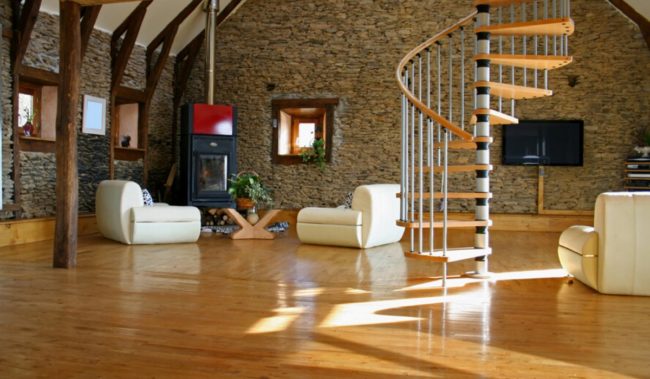Every industry or business niche has a specific terminology, so does the Timber Floor Polishing Melbourne and sanding industry. Homeowners are not aware of this terminology, but they must be.
This Is Why We Have Listed Some Useful Floor Sanding Melbourne Terminology That Would Help You To Communicate And Understand The Professionals Better.
- Punch Off A Floor
This term means to punch down the nails on the surface of the timber plank before sanding the floor. It protects the damage of sandpaper from the nail heads. Further, they could be effectively hidden with matching colour filler over them.
- Chatter Marks
The fine ridges left on the surface of timber after sanding are called Chatter Marks. They are the sign of undesirable sanding as a result of inferior sanding machines, old-style ‘drum sander’, improper wrapping of sandpaper and more. They make the floor look a bit undesirable, especially in reflected light when these are highly noticeable.
- Ghosting
It is a term used for specific “milky-white” marks. This issue occurs most prevalently when the coating comes in direct contact with the sunlight, like near the doorway or certain windows. These marks are seen in a variety of shapes and patterns; the most commonly observed is the shape of a footprint. The issue is more prevalent in the areas where the coating is directly exposed to sunlight. The exact reason for its occurrence is quite unclear devoid of extensive reach.
- Rejection
‘Rejection of a coating’ it is! Whether during or soon after application. The coat of polish can only adhere to the clean area of the floor with no previous record of spillage or cleaning products. If you apply the coat without knowing this, the coating will not adhere to such spots. The addition of “anti-rejection fluid” to the coating would help reduce or prevent this issue.
- Cupping
When the floorboards are exposed to excessive moisture, they get this concave shape as there is no space for the floorboards to expand after soaking in this abnormal amount of moisture; this is called cupping. The floor sanding is used to get rid of the cupped Floorboard.
- Edge Bonding
It occurred when the coating applied one the timber floorboard seeps in the tiny periodic gaps between the timber floors. When the coating dries up, these floorboards glue together, creating a large gap from the panel instead of leaving the tiny periodic gaps between the floorboards.
- Uprights and Stringers
These are components or areas of your staircase that would be required to sand due to the high foot traffic. Uprights are the vertical surface of the stairs, while the stringers are the vertical structure of either side of the staircase.
- Curing
It is the process of full drying and hardening of the final coat after application on the timber floor, which generally takes 12 to 14 hours, depending on the season. It would take much longer during colder months.
- Scalloping
It is edging gone wrong! The ineffective or poor Floor Sanding Melbourne technique when edging results in scalloped appearance across the timber floor.


